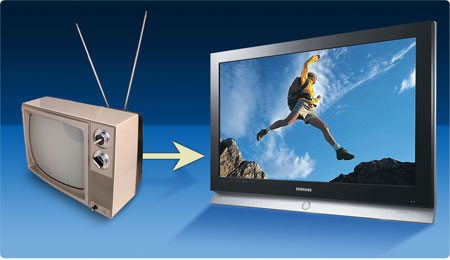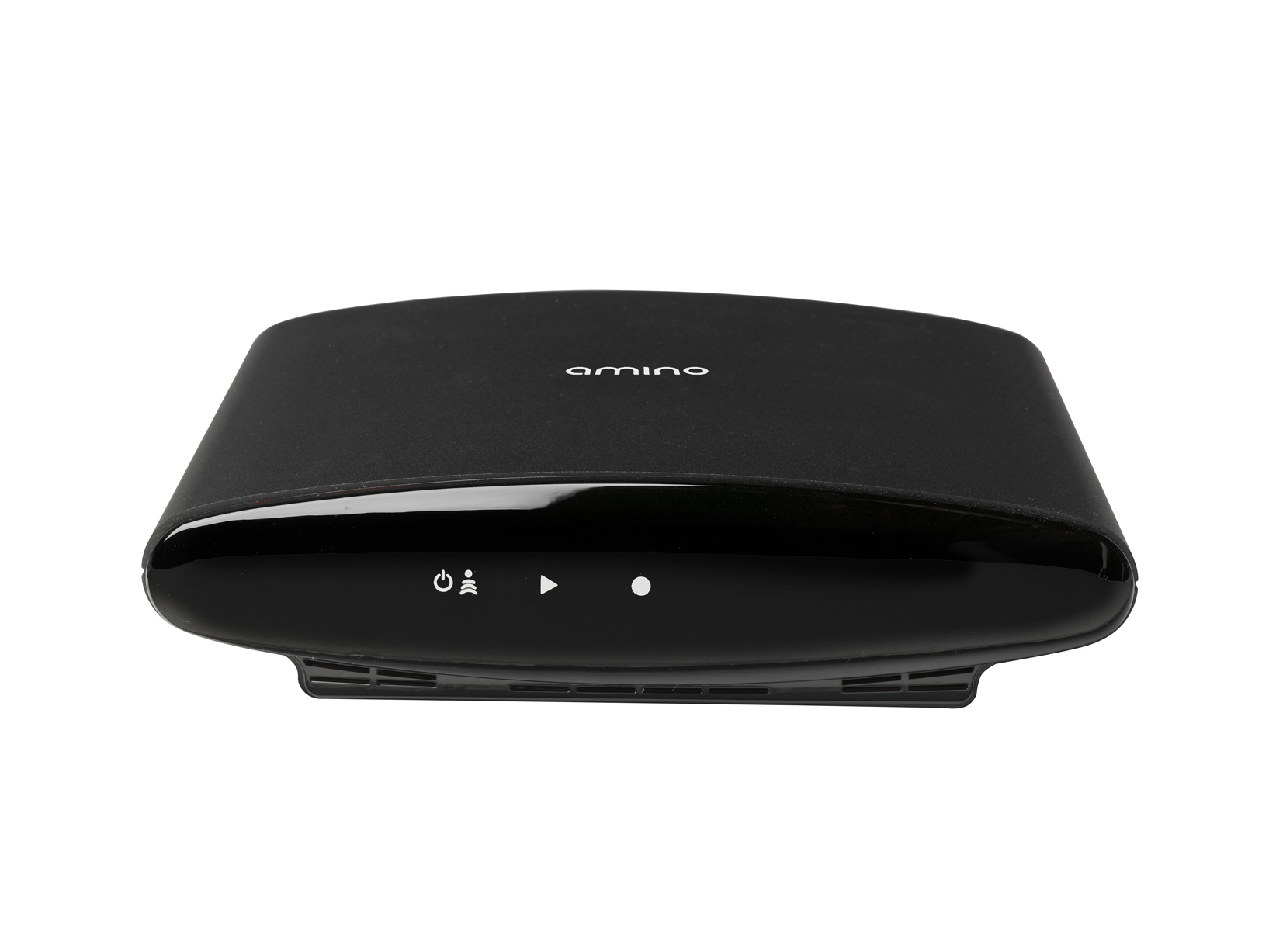Around the world, pay-TV audiences sometimes complain about programme re-runs, preferring to be served fresh content every time. Legitimate preference. But it is the nature of pay-TV that programmes are re-run. In an era of 24-hour programming, multichannel and multimedia broadcast, it is impossible not to repeat TV content.
A major reason is that costs associated with pay-TV content are so huge that subscribers will be unable to pay if fresh content were to be served every time. Content, it bears repeating, is acquired by pay-TV companies at very huge costs from the producers and owners. It also costs a king’s ransom to produce. For a pay-TV company to continually show fresh content, the cost has to be borne by somebody: the subscriber.
Movie content, for example, is produced in huge quantities by movie industries worldwide, with Hollywood, Nollywood and Bollywood accounting for the greatest number of productions. Movie content, or any content for that matter, takes time to produce. Movies, in particular, are often first shown in cinemas before being broadcast on other platforms, through which producers earn additional income.
Content owners, like the big TV networks, allow their content to be distributed by pay-TV companies only of successful exposing them on other platforms like the Cinemas, video on demand (like the DStv BoxOffice) and DVD. This strategy is financially viable only when enough episodes of a television programme are produced to make the series valuable to distributors through syndication.
The re-run system, particularly as it supports syndication, has become the economic foundation on which the TV industry does business. Deficit from production can only be recouped if the programmes goes into syndication. It is only when a programme is sold into syndication that the profits to owners are likely to be huge and sufficient to pay off the cost of financing of original original productions and to support the development of other programmes. The entire system is dependent on a sufficient market for re-run programmes, a market composed of independent television stations, international television systems and on an economical means of reproduction.
Without re-runs, pay-TV companies will have to buy tonnes of content to keep up with the demand of fresh content. Can they afford to pay? Certainly not. Is there enough time to produce enough programmes to fill the 24/7 requirements of modern television? Very unlikely.
Re-runs and repeats are not used merely to ease production schedules and cut costs. They are also a product of contractual agreements between content owners and pay-TV companies. During contractual negotiations, content owners often demand from pay-TV companies that their content be broadcast, say 10 times, at peak viewing periods and less frequently at other times. This means that the control over how many times TV content is shown is shared with the owners and not pay-TV companies, which are merely content vendors. Movie content producers specify the number of times their films are shown when negotiating with pay-TV companies. Going against such agreements will certainly spell breach of contract.
It will also put a defaulting pay-TV company in the bad books of a content creator. And if a top-notch content creator withholds its content from the pay-TV company, the latter is at a big risk of losing subscribers.
Aside from this, programme re-runs are actually necessary for TV because one person’s repeat is another person’s chance to watch. Since occupational and social demands make it impossible for everyone to watch TV at the same time, programme re-runs afford those unable to watch at a certain time the opportunity of catching up on their favourite content. They also serve the purpose of those who may want to want to re- watch.
Even in these days of video-on-demand (VOD) services and Value Added Services like DSTV Catch-up, repeated content still has its place. Not everyone uses VOD or DSTV Catch-Up, meaning that many have to depend on re-runs to watch their favourite content if they are not available when it is first broadcast.
And for kids’ programming, research has shown that repetition has positive implications for education by providing optimal comprehensibility and audience retention.
In the early days of television, most programming was live. This required the continuous production of new programmes which, once aired, were gone. Certain program formats, such as variety, talk, public affairs, quiz, sports, and drama were dominant on the airwaves. With the exception of variety and drama, each of these formats is inexpensive to produce, therefore the creation of live weekly or daily episodes worked well for broadcasters. Television at the time was not a 24 hour event.
But the nature of television like everything else has changed. The financial and logistical demands for twenty four hour programming has made program re- runs unavoidable.
1 comments






Am a graduate that just finished serving last year,and am into farming, a very small scale farming. Iwill like to make it a business i want to do